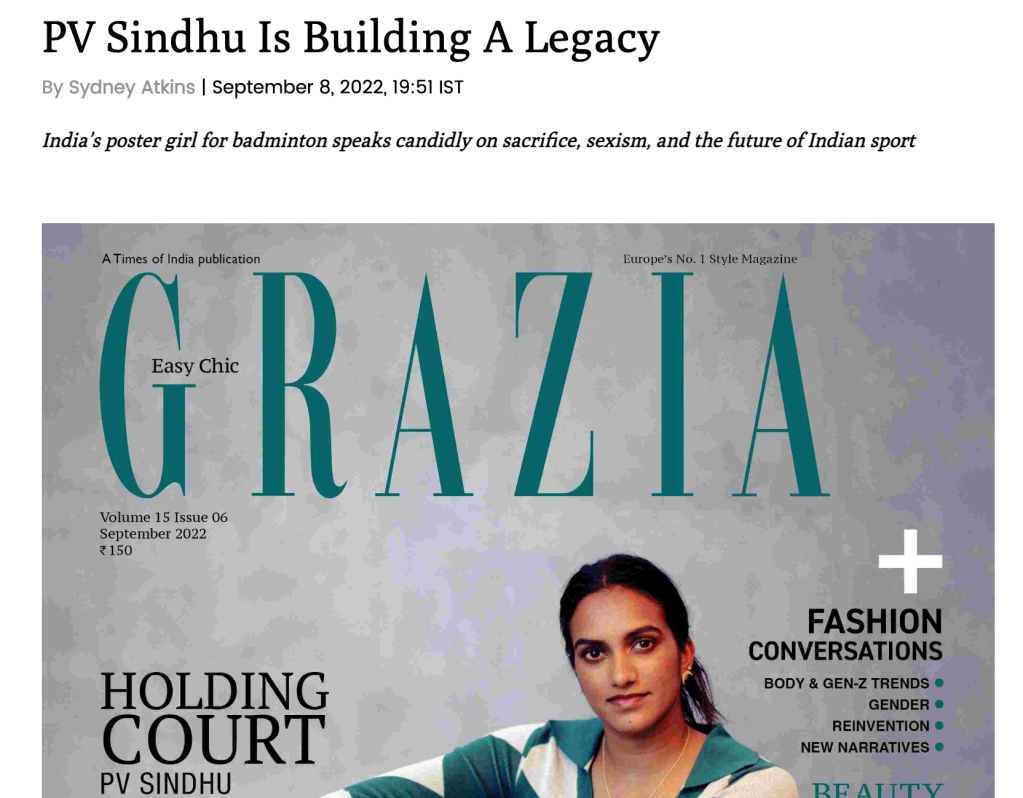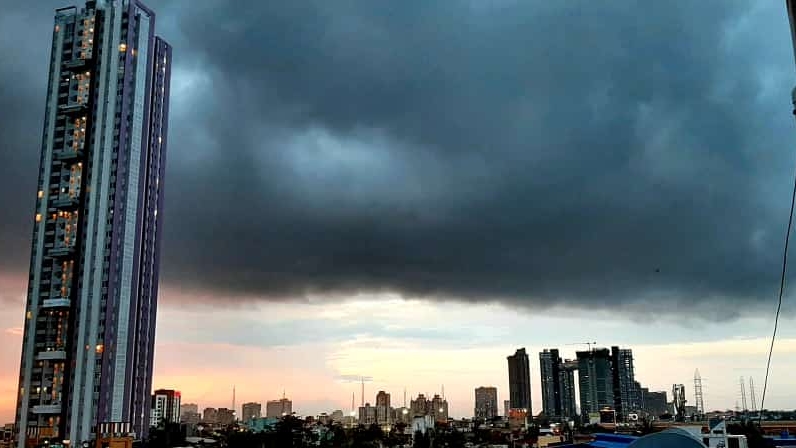These days I wake to the quiet embrace of unusual winter mornings in Kolkata. For the first time in years, the city is likely to bid a warm send-off to 2023 with the missing chill only slated to emerge with Janus’ grand return in 4 days from now. Despite the absence of north westerly winds, I find myself immersed in the symphony of homecoming. The air, still crisp and shrouded in fog, carries whispers of nostalgia that weave through the familiar streets I miss when I am away, and grumble about when I return.
At dawn, the first rays of the sun stream through mum’s white lace curtains, casting a patterned glow upon the familiar corners of our home. My father, a silhouette against the early light, rolls back the large brown sliding glass windows of our living room and tends to his Bougainvillea with a devotion that mirrors the roots he’s planted in soil. The kettle whistles, and the clinking of cutlery signals his initiation of the morning tea ritual—the first of many cups he’ll enjoy throughout the day. Maa’s movements begin to echo in the kitchen, accompanied by the faint backdrop of the Facebook reels they’re watching and the familiar acoustics of a city stretching and stirring back to life. These sounds reach me, nestled in bed in that dreamy half-awake, half-asleep state, as I absorb the soothing symphony of home.
I have a feeling that the sounds of maa’s kitchen are more intentional than coincidental. They serve as the day’s starting gun, akin to a flag unfurling at the beginning of a race—a subtle cue for my brother and me to rise and begin our day. Initially disregarded, the race master’s voice suddenly reverberates through the air, and in seconds, sleep dissipates as our feet hasten to kickstart morning chores and rituals. Maa’s hands move with a rhythm born out of years of practice. The clang of utensils, sizzling egg whites or spices in hot oil – each sound tells a story of comfort, of meals shared and traditions upheld. The aroma of masalas surrendering their scents and flavors, expertly tossed and blended by the hands of Maa (and occasionally Papa) delicately matching powders and pastes, will always bring me back to the warmth of home.
Papa’s Spotify plays an old Christmas hymn by The Imperials , a tune that has accompanied countless December mornings in the three homes we have all shared. Its nostalgic notes form a backdrop to the familiar sounds of a neighborhood in slow motion. Children’s voices, the calls of street vendors, and the intermittent honking of passing vehicles compose a cacophony of life that is uniquely Kolkata.
As I wash the breakfast dishes, the rhythmic flow of water turns into a kind of meditation. The clinking of plates and the running water create a calming melody that echoes the essence of home life. The wooden floor boards beneath my feet, cool to the touch, ground me in a reality that transcends borders and reminds me of the warmth of belonging. In the distance, the neighborhood church bells chime, and the syncopated chaos of another winter morning fills the air. In these quiet moments of housework and everyday life, Kolkata becomes more than a city; it is a living, breathing memoir of familial ties and the richness of relationships. I am reminded that for me the heart of Kolkata is not in her famous landmarks or culinary delights but in the everyday, the mundane, and my favorite – the satisfaction that comes from an ordinary day at home.


